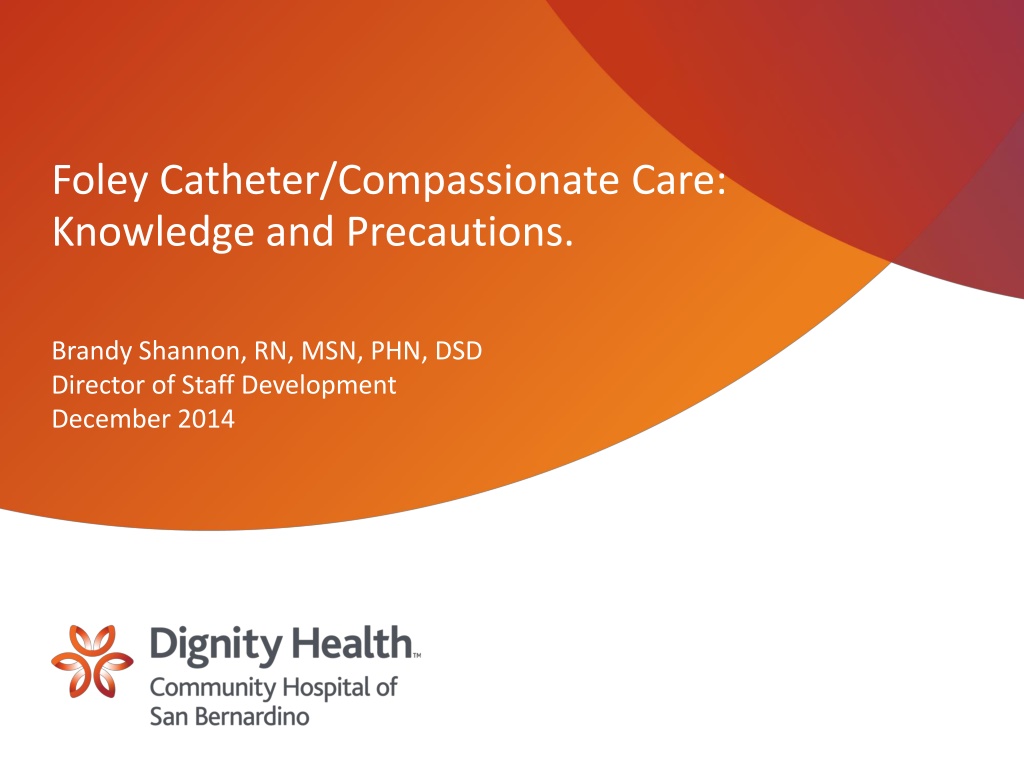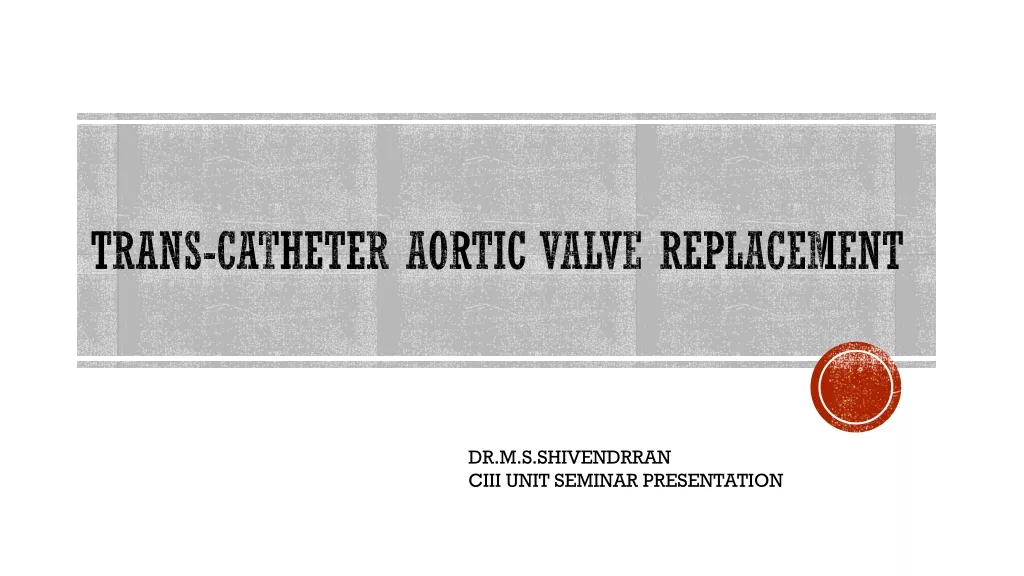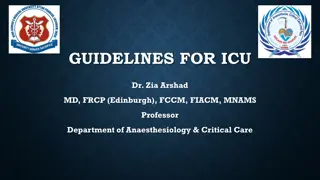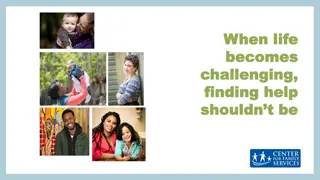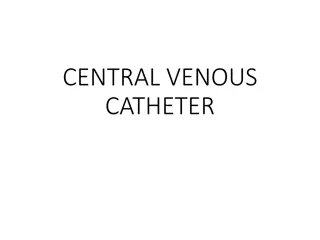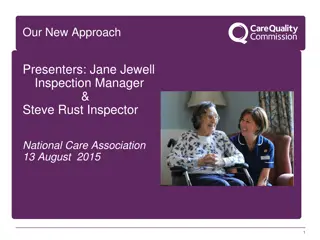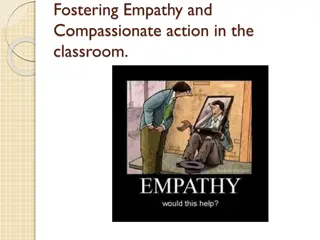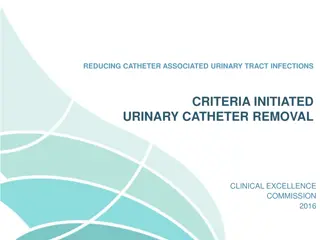Foley Catheter Care and Compassionate Practices
Providing guidance on the compassionate care and proper maintenance of Foley catheters is essential for healthcare staff. This presentation covers the identification of urinary tract infection symptoms, methods for maintaining catheter integrity, and ensuring patient comfort during turning and transferring. It emphasizes the importance of gentle handling, proper positioning, and communication with residents and their families. Transporting patients with Foley catheters requires specific precautions to maintain catheter function and patient safety.
Download Presentation

Please find below an Image/Link to download the presentation.
The content on the website is provided AS IS for your information and personal use only. It may not be sold, licensed, or shared on other websites without obtaining consent from the author. Download presentation by click this link. If you encounter any issues during the download, it is possible that the publisher has removed the file from their server.
E N D
Presentation Transcript
Foley Catheter/Compassionate Care: Knowledge and Precautions. Brandy Shannon, RN, MSN, PHN, DSD Director of Staff Development December 2014
Goal The goal of this presentation is to provide the healthcare staff with knowledge regarding the care of Foley catheters while providing compassionate care. 2
Objectives At the completion of this presentation the Healthcare staff will be able to: Identify signs and symptoms of urinary tract infection. State methods to maintain patency and integrity of Foley catheter. Knowledge of proper turning and transferring Resident with Foley catheter while ensuring no tugging or pulling on the Foley Catheter tubing. Have a better understanding of how to provide care and compassion when communicating with Residents and/or family. 3
Foley Catheters A Foley catheter is a flexible tube that is often passed through the urethra and into the bladder The Foley catheter has a balloon located at the tip of the catheter. When instilled with saline, the balloon expands and is intended to hold the catheter in place within the bladder. 4
Foley Catheters The healthcare staff must ensure the that there are no kinks in the tubing and that the patient is not laying on the tubing. 5
Foley Catheters The Healthcare staff must make sure not to pull or tug on the Foley catheter, tubing and/or the drainage bag. Ensure that you provide enough leeway when hanging the catheter bag to the bed or wheelchair. 6
Foley Catheters It is especially important to observe the catheter when providing care and/or transferring the Resident to ensure its integrity and patency. The catheter should be maintained below the level of the bladder & carefully moved along with patient. 7
Transporting patients When transporting patients make sure to hang Foley catheter on bed frame below the level of the bladder. Always transport the patient in a bed, not in a lifting device. 8
Foley StatLock The StatLock Foley stabilization device is designed to minimize catheter movement and accidental removal. The StatLock does not prevent the Foley from being yanked or tugged nor guarantee that it will not be pulled out. Staff still need to observe the tubing and ensure no tugging or pulling on the catheter. 9
Foley Catheters Prior to the removal of the Foley catheter, the balloon must be deflated as it could cause damage/rupture of the urethra/urinary tract . 10
Signs and Symptoms of Urinary Tract Infection (UTI) Pain and/or burning with urination Frequent urges to urinate Urine that appears Cloudy, red, bright pink or cola-colored a sign of blood in the urine Strong-smelling urine Passing frequent, small amounts of urine Soreness located in back or sides 11
Compassion with Communication Health care workers are advocates for their Residents. Provide compassionate quality care, ensuring to communicate with Residents and Family members. Explain what you are going to do and why you are there. Know what treatments your patients are receiving. Be aware of the signs and symptoms that may indicate problems. 12
Compassion with Communication Be understanding and empathetic towards Resident s and family members. Listen to their concerns and provide a resolution or inform someone who can assist with a resolution. It is important to report all Resident and/or family concerns to your supervisor. 13
Thank You: Please take the quiz.
